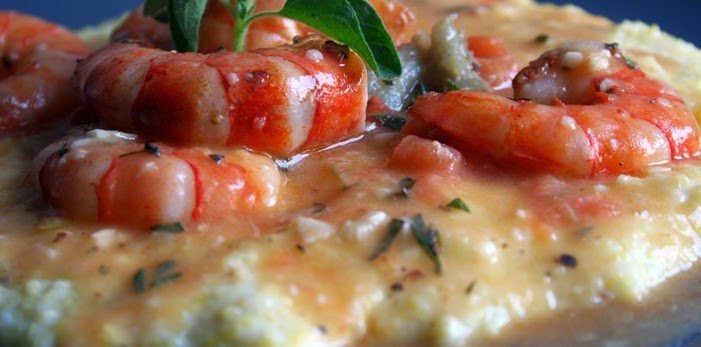I’m a lover of Vietnamese food. Prior to moving to San Diego, every week in
the Bay Area I would treat to an ethereal grilled chicken lunch at a Vietnamese restaurant near my office. I never could figure out this dish’s spices,
but when I went to Vietnam last year it finally hit me during a cooking class: five spice powder! While this mixture is used in Chinese
restaurants, it is not used in households in China for daily cooking. In
contrast, it’s a standard in Vietnamese homes.
Google “Vietnamese chicken with 5 spice” and you’ll be served up in a nano-second more than 1 million articles. While chicken and five spice is a marriage made in heaven, the Vietnamese use this mélange of flavor to add zest and pungency to everything from their signature Pho soup, to noodles, or stir-fries, as well as a variety of sauces.
What are the five spices? While ingredients and proportions may vary among producers (and from country to
country), star anise creates the backbone for most Vietnamese preparations. Cloves is the next note, followed by
cinnamon, Sichuan peppers and finally fennel seeds. Occasionally, ginger, nutmeg, turmeric, coriander
or cardamom may be added to the blend in lieu of one of the other ingredients.
In Vietnam, every household seems to have a recipe
for chicken cooked with five spices where is used in a marinade, or even as a
rub.
Christine Ha, MasterChef’s winner in 2013, stunned
the television audience throughout the competition. First, she was blind; second she was
Vietnamese. Her masterpieces put Vietnam on the culinary map of many Americans
who had not tasted this cuisine. In her
first book after the show, Recipes From
My Home Kitchen, Christine uses homemade five spice in her “Mama’s chicken
noodle soup.” Her spice mixture was roasted star anise, coriander and
cloves, along with charred ginger (“coaxing
every bit of sweetness and flavor from the ingredients which translates to a
more flavorful stock.”)
Here is my favorite recipe using five spice--- a
tribute to the first Vietnamese dish I fell in love with in the Bay Area. It can be used for any type of poultry or
meat.
VIETNAMESE MARINADE FOR POULTRY OR MEAT
Mix all of the following together:
3 tablespoons vegetable oil
1 large shallot finely chopped
2 tablespoons soy sauce
3 tablespoons minced ginger
2 tablespoons minced garlic
2 tablespoons sugar
2 tablespoons of fish sauce (3 Crabs brand is the best!)
2 teaspoons ground turmeric
1 heaping teaspoon five-spice powder
1/2 tablespoon sea salt
4 whole star anise, lightly toasted for about 3 minutes and then pounded into a fine powder
Freshly ground black pepper
Put the meat or poultry into baggie with the marinate. Refrigerate, turning it occasionally to ensure full coverage.
Note: it's critical to marinate chicken or meat for at least 8 hours. For the best results, do 24 hrs.





